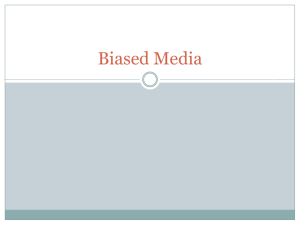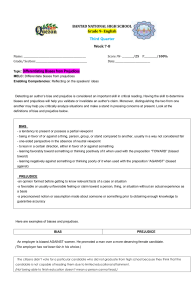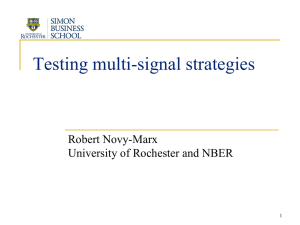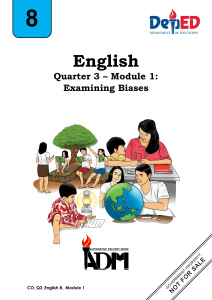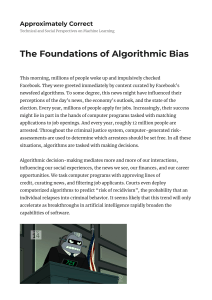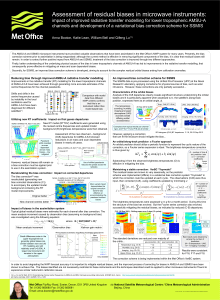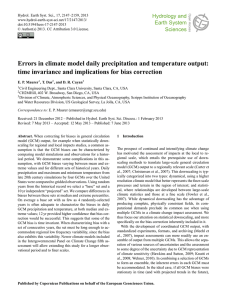Document 13499918
advertisement
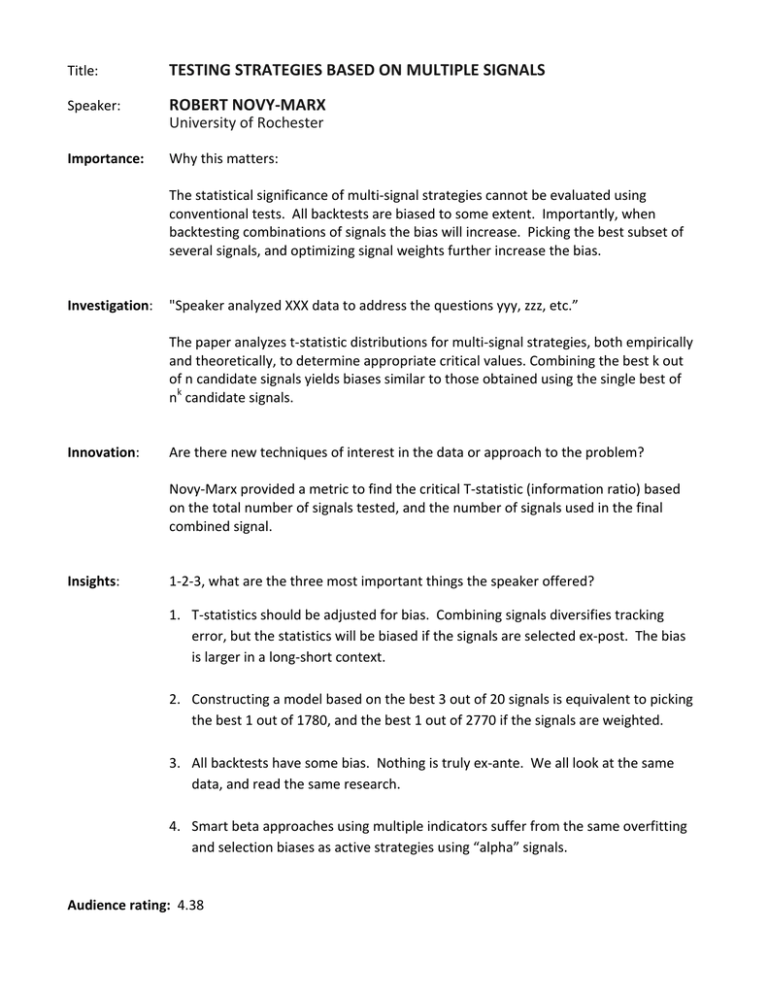
Title: TESTING STRATEGIES BASED ON MULTIPLE SIGNALS Speaker: ROBERT NOVY-­‐MARX Importance: Why this matters: University of Rochester The statistical significance of multi-­‐signal strategies cannot be evaluated using conventional tests. All backtests are biased to some extent. Importantly, when backtesting combinations of signals the bias will increase. Picking the best subset of several signals, and optimizing signal weights further increase the bias. Investigation: "Speaker analyzed XXX data to address the questions yyy, zzz, etc.” The paper analyzes t-­‐statistic distributions for multi-­‐signal strategies, both empirically and theoretically, to determine appropriate critical values. Combining the best k out of n candidate signals yields biases similar to those obtained using the single best of nk candidate signals. Innovation: Are there new techniques of interest in the data or approach to the problem? Novy-­‐Marx provided a metric to find the critical T-­‐statistic (information ratio) based on the total number of signals tested, and the number of signals used in the final combined signal. Insights: 1-­‐2-­‐3, what are the three most important things the speaker offered? 1. T-­‐statistics should be adjusted for bias. Combining signals diversifies tracking error, but the statistics will be biased if the signals are selected ex-­‐post. The bias is larger in a long-­‐short context. 2. Constructing a model based on the best 3 out of 20 signals is equivalent to picking the best 1 out of 1780, and the best 1 out of 2770 if the signals are weighted. 3. All backtests have some bias. Nothing is truly ex-­‐ante. We all look at the same data, and read the same research. 4. Smart beta approaches using multiple indicators suffer from the same overfitting and selection biases as active strategies using “alpha” signals. Audience rating: 4.38


